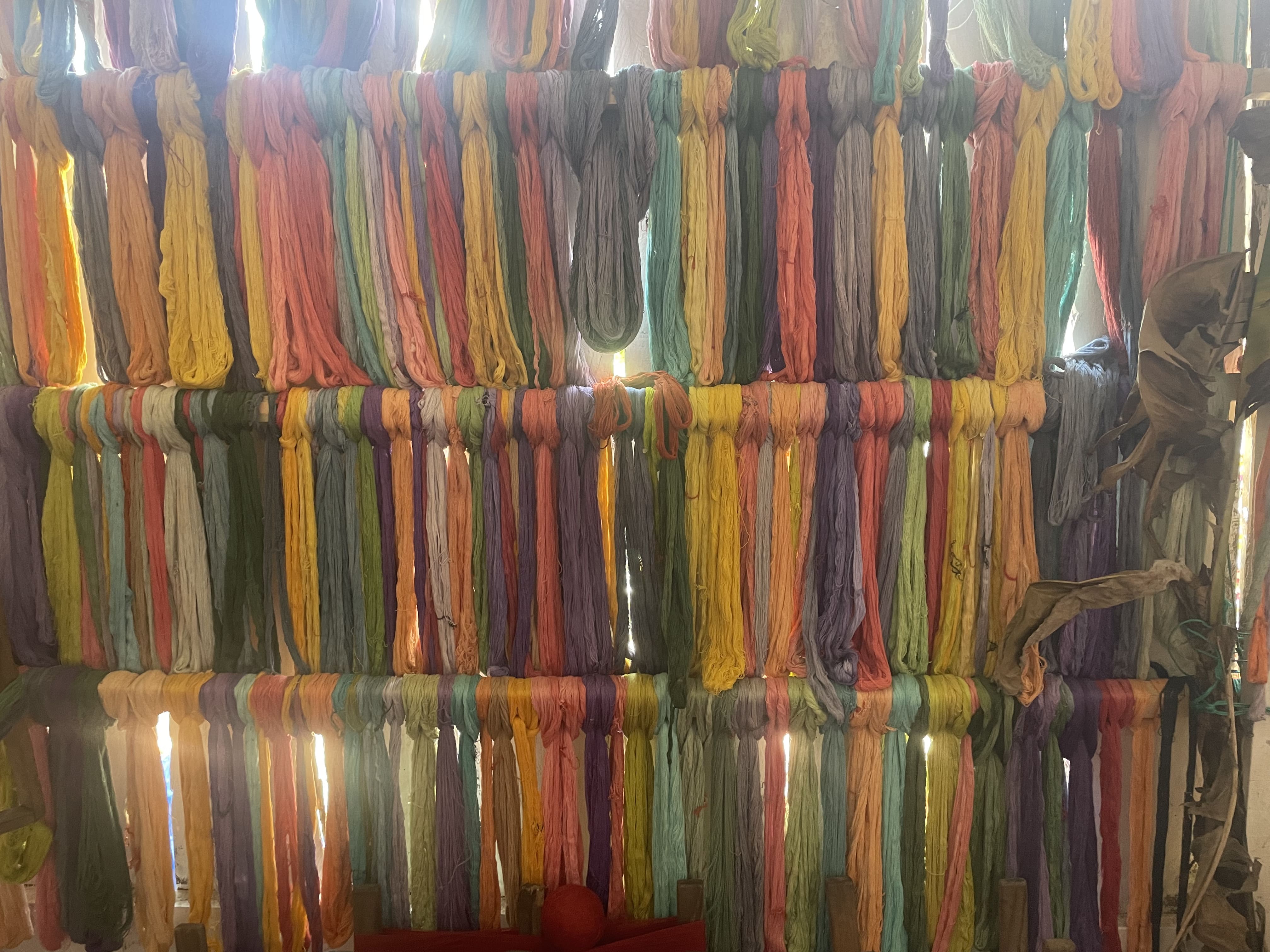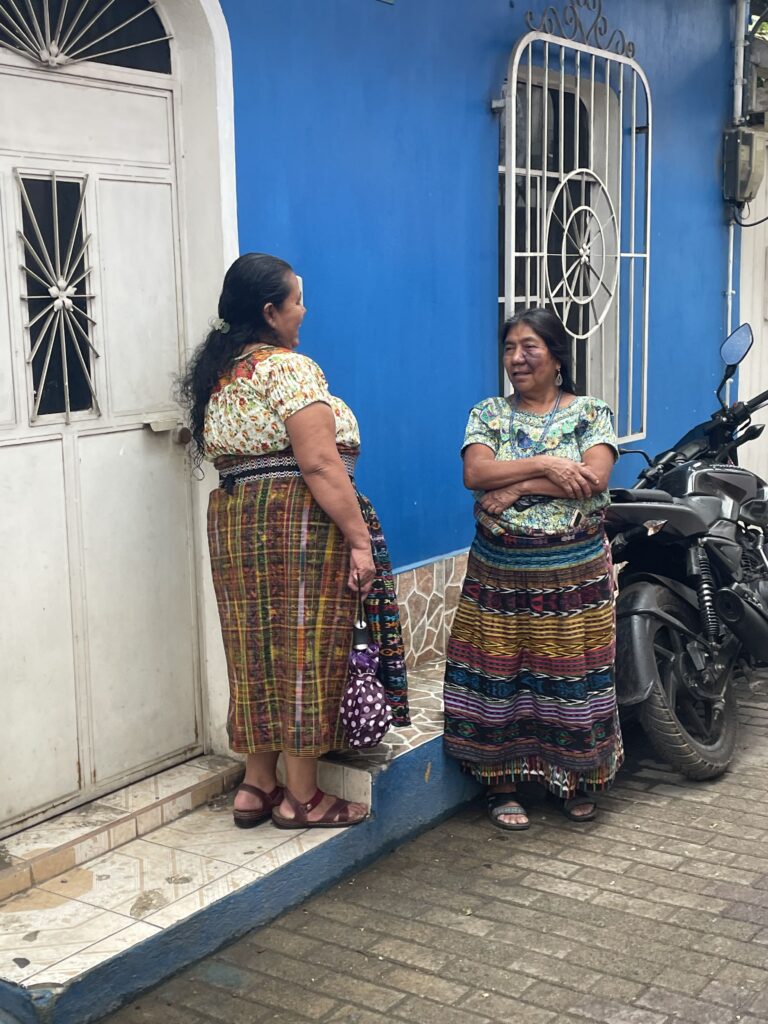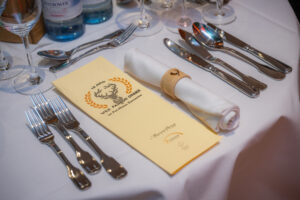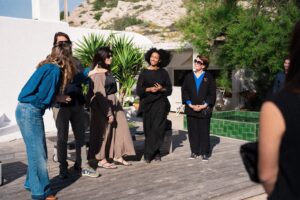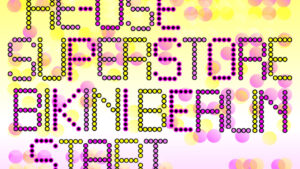Mayan Weaving in Guatemala: Ancient Techniques, Modern Impact by Lara Serlin
The country of Guatemala is rich in tradition, and part of that tradition is due to the country’s strong connection to the region’s Mayan heritage. One of the most important customs is backstrap weaving, a centuries-old art form still practiced among local women in many villages across modern-day Guatemala.
I had the great pleasure of visiting the mystical Lake Atitlan recently and experiencing the ancient Mayan weaving process myself. Legend states that the Mayans first learned to weave 1,500 years ago from Ix Chel, the Mayan Goddess of the Moon, Love, and Textiles.
Mayan weaving is still a thriving business today, handed down from mothers to daughters, evolving over 3,000 years into a rich tapestry of techniques and unique designs. Following the country’s Civil War, women weavers joined together and formed cooperatives as a way to ensure that they earn a fair wage for their artistry.
It is common to see three generations of women weaving together. I had the opportunity to visit the Cooperativa de Mujeres Ruk’u’x Keem. This group of women make handicrafts out of recycled materials that help preserve the environment by making things out of bio-degradable raw materials.
The History of Mayan Weaving
In ancient Mayan society, weaving held immense social significance. The textiles produced were not only functional but also symbols of identity, status, and cultural heritage. Different patterns and colors were often associated with specific regions, communities, or social ranks.
Economically, weaving played a crucial role. Textiles were valuable trade goods, exchanged both within Mayan city-states and with neighboring cultures. The production of high-quality fabrics required extensive knowledge and skill, making accomplished weavers highly respected members of society. This was the women’s domain, so over time, they have become enterprising and created successful family businesses using their skills passed down from a bygone era.
Spiritually, Mayan weaving was deeply intertwined with Mayan cosmology and mythology. Many traditional patterns and designs carried symbolic meanings, often related to the Mayan calendar, deities, and creation myths. The act of Mayan weaving itself was sometimes seen as a sacred practice, connecting the weaver to the divine.
My Personal Story into the Mayan Weaving Process
I had the great honour of watching this traditional art form and marvelling at the skill of the weaving process on a recent trip to Guatemala in San Juan La Laguna, one of the towns dotting Lake Atitlan. This mystical place, surrounded by rolling green mountains, volcanoes, and waterfalls, is brimming with colour and culture at every corner. As we arrived by boat, a steep incline took us up the main road, where street vendors, traditional musicians, colourful murals, hand-made textile shops, and art galleries created a vibrant atmosphere.
That morning, we set off to see a Mayan weaving demonstration. By chance, we met Franco Sandoval, a famous author specialising in Mayan culture. He spoke about the history of the Mayans, provided context into the Mayan weaving traditions, and shared his observations before we headed off on our discovery. Through decades of research, he had observed that the Mayans often combine textiles with leather and other materials, much in the same way that Tata Christiane combines crochet with other fabrics and offcuts. The colorful garb is produced only for women, who eagerly embrace and celebrate these intricate designs.
The Backstrap Loom (telar de cintura) in Mayan Weaving
We met Armenia, an indigenous woman who has been weaving her whole life and is a successful businesswoman speaking English, French, Spanish, and her native dialect. Armenia explained that the backstrap loom is an affordable, portable, and deceptively simple bundle of sticks. All mayan weaving is done by hand, with no machines involved. Depending on the design, the thread can be looped up to 110 times in a figure of eight.
Armenia demonstrated how a strap is attached to her to create tension and hold the loom in place while she weaves, passing the weft thread back and forth between warp threads. The discipline of woven textiles is magnificent, requiring concentration, mastery, and skill. Computers make everything too easy and people can now design very quickly on a monitor that it could be feared to be a dying art. Computers are great for experimentation but they’re bad for deep thinking. The women often enter a flow state, crafting for up to 18 hours straight. The concentration and precision are incredible to watch.
A great woven piece is a work of art, but it takes time to create—sometimes up to three weeks for one scarf. Understanding the fabric, the dyeing process, and how to achieve lasting colours is crucial. Mistakes can mean starting over, but the result is an intricate and beautiful piece of dyed threads, a manual slate of beauty.
The Use of Colour in Mayan Weaving
Colour is of utmost importance in Mayan culture. The huipil, a loose-fitting tunic, and the traje, a floor-length garment held in place by a sash, are stunning rainbows of technicolored patterns. Women wearing these traditional clothes with pride is a common and beautiful sight. In ancient times, four main colours represented the compass points and held significant meaning. Green was for the North and connected to nature, yellow for the East where the sun rises, white for the West symbolising purity and the afterlife, and black for the South. The Mayans were very preferential to the East, and yellow, representing the sun’s worship, is the most important colour.
In the workshop we visited, dozens of natural dyes adorned the walls, blended to create fantastic hues. Greens came from Whistle tee leaves and guava, purple from beets, and browns from various barks. Other colours were created using local plants like achiote shrubs for orange and cochineal insects for vivid scarlet. Some dyes were mixed with lemon juice to brighten them. These natural and sustainable colours were astonishingly vibrant.
These fabrics are not just garments but uniquely crafted pieces made with love and dedication. They tell stories of failure, perseverance, and the discipline of craftsmanship. They represent a deep desire to keep culture alive and thriving in a modern world, rejecting fast fashion for a sustainable, creative way of clothing.
Where I visited: https://www.instagram.com/rukuxkeem_/?hl=en
